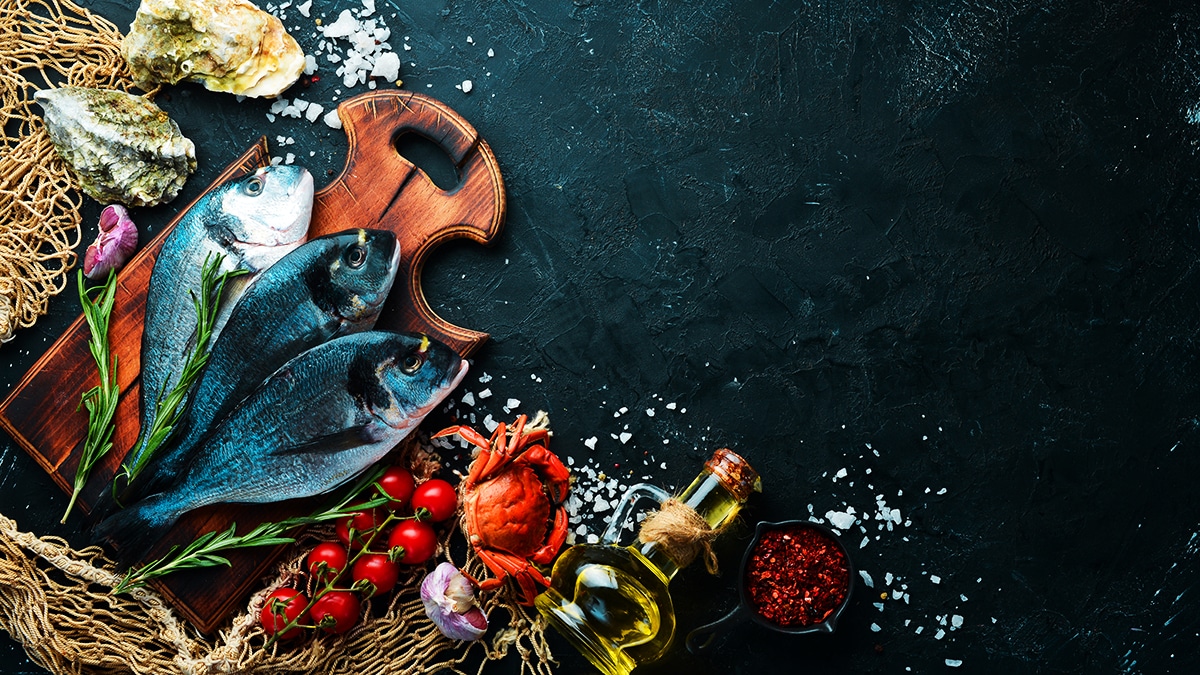Iron is a crucial mineral for our body. It plays an essential role in the production of hemoglobin in our red blood cells which carries oxygen throughout the body. It also involves in producing energy from nutrients and boosts the immune system. However, many people, especially women, are iron deficient and might experience fatigue, weakness, and decreased immunity. In this article, we will discuss the top iron-rich foods that can help to boost energy and immunity.
Why is Iron So Important?
Iron is a vital component of hemoglobin, which is the protein in red blood cells responsible for carrying oxygen from the lungs to different parts of the body. When we don’t have enough iron, our body can’t make enough healthy red blood cells, leading to anemia. Anemia can cause symptoms such as fatigue, weakness, shortness of breath, headache, and dizziness.
Iron also plays a crucial role in producing energy from nutrients. It helps to convert the food we eat into energy that our body can use. So, without enough iron, we may feel tired and sluggish.
Besides, Iron is involved in the immune system’s function. It helps in the proliferation of immune cells, including T cells and B cells, and enhances their response against infections. Iron deficiency may result in a weakened immune system, increasing the risk of infections.
Top Iron-Rich Foods
Iron is present in two forms in food: heme iron and non-heme iron. Heme iron is found in animal sources and is more readily absorbed by the body than non-heme iron, which is present in plant sources. However, non-heme iron can still be easily absorbed when consumed with vitamin C-rich foods. Here are some of the top iron-rich foods:
1. Red Meat
Red meat is one of the most well-known sources of heme iron. Beef, lamb, and pork are particularly rich in iron. For example, a 3-ounce portion of beef contains approximately 2-3 milligrams of iron. However, it’s essential to choose lean cuts of meat to limit the intake of saturated fats and calories.
2. Poultry
Poultry such as chicken and turkey also provide a good source of heme iron. For instance, a 3-ounce portion of roasted chicken contains approximately 1 milligram of iron.
3. Seafood
Many types of seafood are excellent sources of heme iron. Shellfish such as clams, oysters, and mussels provide the highest amounts of iron. For instance, 3 ounces of cooked clams contain around 23 milligrams of iron, which is more than the daily recommended intake levels. Other seafood like salmon, tuna, and sardines are also good sources of iron.
4. Legumes and Beans
Legumes and beans are the best sources of non-heme iron. They also provide essential nutrients like protein, fiber, and folate. Examples of iron-rich beans include kidney beans, chickpeas, lentils, and soybeans. A cup of cooked lentils provides around 6 milligrams of iron.
5. Nuts and Seeds
Nuts and seeds like pumpkin seeds, cashews, and almonds contain a reasonable amount of iron. They are also a rich source of healthy fats, protein, and fiber. For example, an ounce of pumpkin seeds provides about 2.5 milligrams of iron.
6. Vegetables
Dark green, leafy vegetables like spinach, kale, and collard greens are rich in non-heme iron. They are also loaded with fiber, vitamins, and minerals. A cup of cooked spinach contains approximately 6 milligrams of iron.
7. Fortified Cereal and Oatmeal
Many breakfast cereals and oatmeal are fortified with iron, making them an easy way to boost your iron intake. Check the label to find cereals that have at least 18 milligrams of iron per serving.
How to Maximize Iron Absorption
Iron absorption can be enhanced by consuming vitamin C-rich foods or beverages, such as orange juice, strawberries, or broccoli, along with iron-rich foods. On the other hand, some foods can hinder iron absorption and should be avoided or limited when consuming iron-rich foods. These foods include caffeine, calcium-rich foods (such as milk, cheese, and yogurt), and high-fiber foods.
Who is at Risk of Iron Deficiency?
Iron deficiency is common, especially in women and children. Women are at increased risk of iron deficiency due to blood loss during menstruation and pregnancy. Athletes, vegetarians, and vegans also need to pay extra attention to their iron intake. The elderly and people with certain medical conditions such as Crohn’s disease and celiac disease may also be at risk of iron deficiency.
Conclusion
Iron is an essential mineral for our body that plays an important role in energy production, immune function, and red blood cell formation. Eating a well-balanced diet with iron-rich foods can help prevent iron deficiency anemia and boost energy and immunity. Try to include a mix of heme and non-heme iron sources in your diet, and maximize iron absorption by consuming vitamin C-rich foods or beverages. Speak with your doctor if you think you may be at risk of iron deficiency or if you’re experiencing any symptoms of anemia.

Deja una respuesta